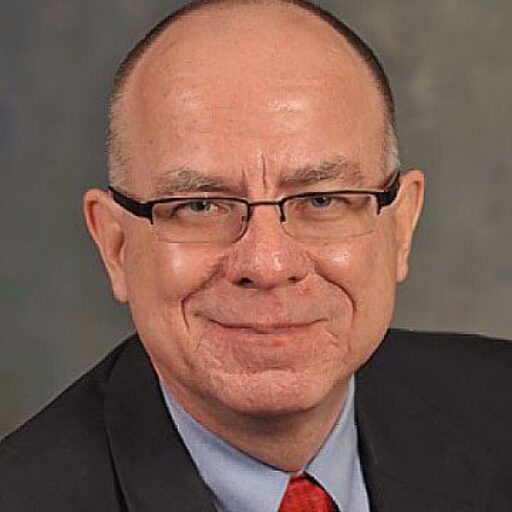
1. Alcoholism (7:45)
Mr. Michael Liimatta & Ms. Elise Engber
 How does one define alcoholism? What is a binge and does binging lead to an addiction, or does one binge because they are already addicted? What is the difference between a drunkard and an alcoholic? In kicking an addiction like alcoholism, is it preferable to go down the route of abstinence or a gradual recovery?
How does one define alcoholism? What is a binge and does binging lead to an addiction, or does one binge because they are already addicted? What is the difference between a drunkard and an alcoholic? In kicking an addiction like alcoholism, is it preferable to go down the route of abstinence or a gradual recovery?
2. Drug and Alcohol Recovery (8:21)
Mr. Michael Liimatta & Ms. Elise Engber
 Why is loss of control the hallmark of a person’s addiction? What importance is placed on the addict’s ability to be in control, throughout an recovery program? How does admitting powerlessness towards drug or alcohol act as the first step toward recovery? Does the concept of powerlessness play a role throughout an addicts recovery and not just at the start? How so?
Why is loss of control the hallmark of a person’s addiction? What importance is placed on the addict’s ability to be in control, throughout an recovery program? How does admitting powerlessness towards drug or alcohol act as the first step toward recovery? Does the concept of powerlessness play a role throughout an addicts recovery and not just at the start? How so?
3. Homelessness and Addiction Recovery (10:44)
Mr. Michael Liimatta & Ms. Elise Engber
 What is the most common demographic of people today who are considered to be homeless? What do most of the homeless people today have in common besides for their living situation? Is addiction a direct cause for the number of homeless people that exist today? What evidence is there to prove this phenomenon? What is a rescue mission, what does it entail and how has it been proven to aid recovery in an addicted homeless person?
What is the most common demographic of people today who are considered to be homeless? What do most of the homeless people today have in common besides for their living situation? Is addiction a direct cause for the number of homeless people that exist today? What evidence is there to prove this phenomenon? What is a rescue mission, what does it entail and how has it been proven to aid recovery in an addicted homeless person?
4. Online Learning (8:44)
Mr. Michael Liimatta & Ms. Elise Engber
 How prevalent is online learning today? What are the benefits of this method of education? Are there any limitations to online learning? How has the new trend of online education affected traditional university education? Is there a way for traditional universities to combine both methods of teaching and learning to maximise the effectiveness of education?
How prevalent is online learning today? What are the benefits of this method of education? Are there any limitations to online learning? How has the new trend of online education affected traditional university education? Is there a way for traditional universities to combine both methods of teaching and learning to maximise the effectiveness of education?
5. Digital Inclusion 9:47)
Mr. Michael Liimatta & Ms. Elise Engber
 What is meant by the term the “Digital Divide”? What are some of the major implications for people who do not have adequate access to the internet in terms of making progress within their society, like finding a job for example? What are some of the difficulties that non-profit organizations face as a result of this “digital divide”? What can be done to minimize the gap that is limiting so many people and organization’s abilities to develop?
What is meant by the term the “Digital Divide”? What are some of the major implications for people who do not have adequate access to the internet in terms of making progress within their society, like finding a job for example? What are some of the difficulties that non-profit organizations face as a result of this “digital divide”? What can be done to minimize the gap that is limiting so many people and organization’s abilities to develop?


 I am often asked about what needs to be done in order to comply with state and federal laws when recovery programs clients do actual work in the facility. In all cases, I suggest that an employment attorney or tax professional familiar with the laws in your state be consulted in these matters. However, here are a few suggestions that can be taken to help you comply with laws regarding the payment of the minimum wage for recovery program participants.
I am often asked about what needs to be done in order to comply with state and federal laws when recovery programs clients do actual work in the facility. In all cases, I suggest that an employment attorney or tax professional familiar with the laws in your state be consulted in these matters. However, here are a few suggestions that can be taken to help you comply with laws regarding the payment of the minimum wage for recovery program participants.

